Recommended
Categories
Reprinted Articles
Play Piano - Preparing to Practice |
|---|
| by Ronald Worthy |
|
When the practicing "blahs" strike, you just need an attitude adjustment. You don't have to sweat blood to practice well. You don't even have to think of it as work, or duty, or even something that you ought to do. Stop a minute and think about it. You like music, and you want to play some special piece that really means something to you. You want it to sound through you - right through your fingertips. Okay? Well, you practice it to fulfill that desire, not to frustrate it. Pause here and ask yourself some questions: What if you could look at a piece of music for the first time, and play it correctly straight off, just as fine as you please? How would you feel about practicing then? Or, what if you were practicing for the Olympic swim meet next year, and felt deep down that you had a chance? How would you feel then about the training? Would you plunge into it each morning? What if you were interrupted at a good point in yesterday's practicing? What if you had just about broken through a tough spot when you had to stop? Would you want to get back to it today as soon as possible? You answer those questions, honestly, for yourself. There are ways to say "YES!" every day. But, first, you've got to stop blaming yourself. You don't have to be perfect every time. You don't have to be the best player, today. And you don't have to listen to what other people say about your playing - people who are only half listening, and don't care the way you do. Put all that out of your mind. What matters is your desire to play as well as possible. Just start with playing - one note after another, and keep going. As the Chinese say, "A journey of a thousand miles begins with the first, step." And, if the very first step leads to the first slip, be glad for it. You can't, repeat, cannot learn without mistakes! Now, start to think more personally about your instrument. The piano, like the guitar, is a "touchy" instrument. Touch it, and you both produce and color its tones, like a potter molding clay. Think of the keys, all gleaming white, as the "skin" of the piano; you can either please them or hurt them. Stroke them, and the sound will come out mellow and purring. Poke them, and the sound will either "bark" sharply or woodenly "thud." Stop thinking of yourself as playing "on" or "at" the piano. Rather, think of the instrument as an extension of your own body. When an artificial leg is fitted to an amputee, he is then taught to walk with it. Gradually, it feels more natural - more like his own leg walking. The French call the keys "les touches," or "touch-points" - as if the keys, not you, were doing the feeling. Every musician wants to personalize this instrument. Take a look at the vocalist who hugs his guitar, or without a guitar, woos his microphone, or, without a microphone, simply woos the audience? Every musician seeks to make his instrument an extension of his own body, the tool he or she needs to put across the strong feelings he as for the music. Nadia Boulanger, one of the greatest teachers, put it best: "Don't speak to me of talent; speak to me of desire." Go to the piano or keyboard not to reproduce a piece, but to experiment with your best way to bring out what is there. There is no one right way to play a piece - no matter how loudly some people protest that there is. Artists in fact, vary greatly, and audiences return again and again to hear the same piece, as played by pianist X or pianist Y. You simply cannot play a piece twice the same way. Try it! Here's how to practice an exercise or a song: Six quietly, upright and relaxed Hear the music in your head: hear it better than life. Sense its movement and pulse rolling through you, turning and adjusting your own pulse, you are the prime "instrument" of this music - sitting there alert, tuned by silence, vibrating to is rhythm, lending it your own life entirely. As you feel the music filling you, heart and soul, you will know that it is getting ready to be born. When it has stirred you, lift your hands to the keyboard. This is the reason you wanted to play in the first place: to bring alive what has already moved you. And, suddenly, by centering your focus, you've turned practicing from a duty into an attraction. Copyright 2006 RAW Productions About The AuthorRon Worthy is a Music Educator, Pianist and Songwriter. He offers online instruction that focuses on Rock, Pop, Blues, Cocktail, R&B and "Smooth Jazz" piano styles. To Download Your FREE Piano Lesson Video, go to: http://www.playpianotonight.com/VC.html. |
Recommended Stuff
Beginner Piano:
| Learn Songs - Learn 3 Easy Songs, free Virtual Piano provided |
| Chords - Learn how to construct Major Chords, Primary Chords & more |
| Music Theory - Key Signatures, Major Scales, Intervals & more |
| Improvisation - Chord Inversions, and different Chord Patterns |
| Techniques - Pentatonic Scale, Whole Tone Scale, Arpeggio |
Free Piano Reference
Music Terms Glossary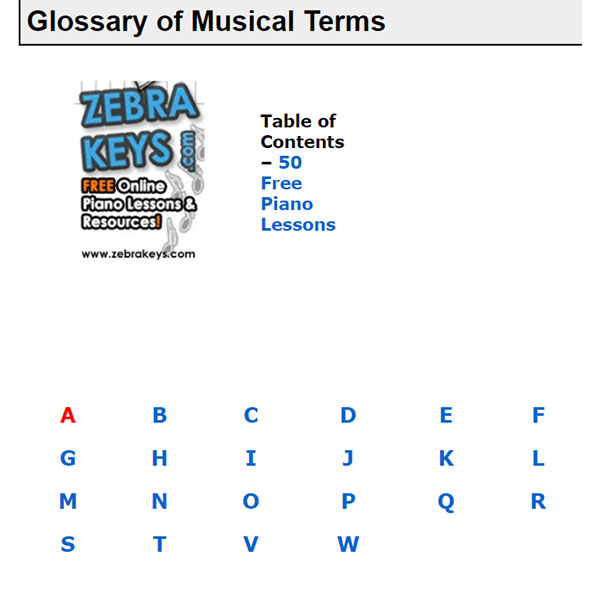 |
FIND any CHORDS using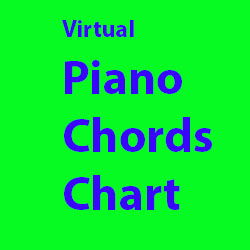 |
Music Notation Chart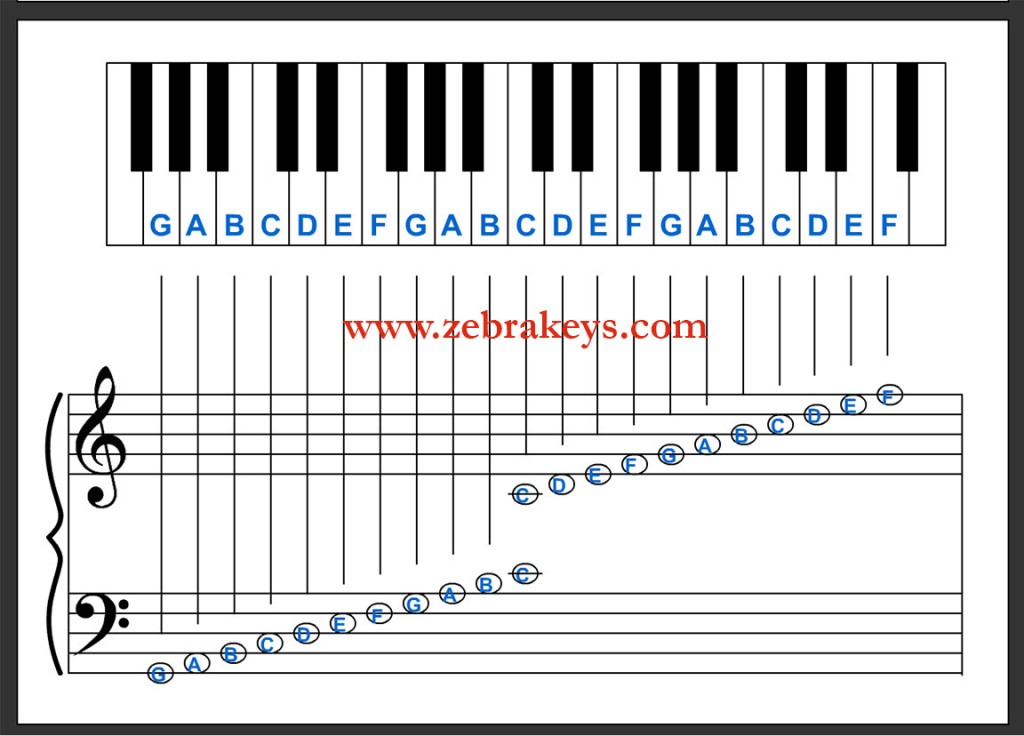 |
| TRANSLATE this content |
| Beginner Piano | | | Intermediate Piano | | | Advanced Piano |
|
List of 50 Free Lessons
Piano Basics 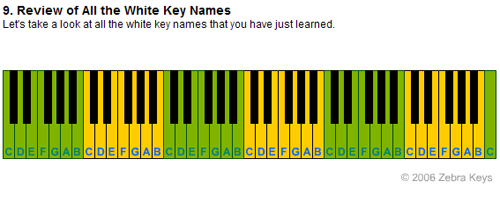 Lesson 1 - Patterns of Piano Keyboard Lesson 2 - Names of White Keys Lesson 3 - Names of Black Keys Lesson 4 - Grand Staff Lesson 5 - Note Durations |
Use our free Virtual Piano Keyboard in conjunction with these free lessons:
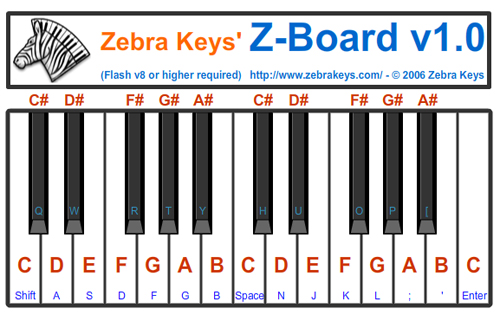 |
|
Beginner Piano Lesson 6 - Brother John Lesson 7 - London Bridge Is Falling Down Lesson 8 - Twinkle Twinkle Little Star |
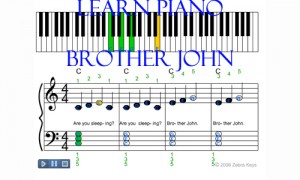 |
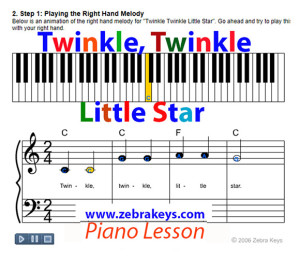 |
| Lesson 9 - Major Chord |
|
FIND any CHORDS using Free Virtual Piano Chord Chart 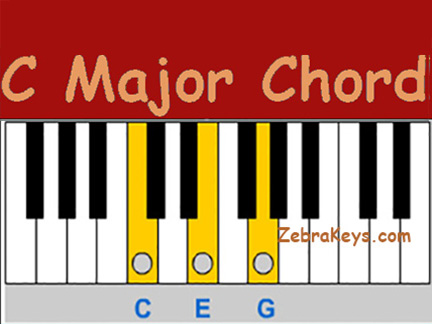 |
|
Lesson 10 - Three Primary Chords Lesson 11 - 12 Bar Blues Chord Progression |
| Lesson 12 - 12 Keys of Music |
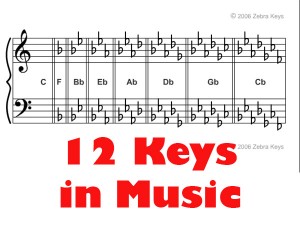 |
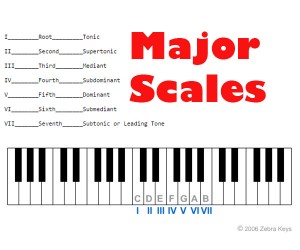 |
|
Lesson 13 - Major Scale
Lesson 14 - Musical Intervals Lesson 15 - Chords of the Major Scale Lesson 16 - The Circle of Fifths |
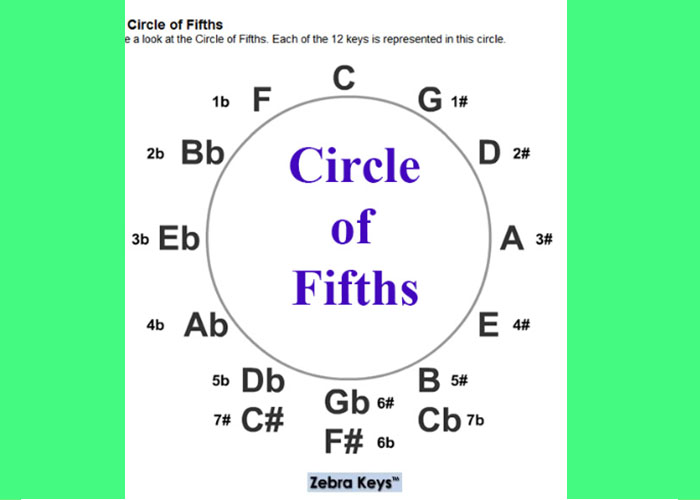 |
|
Lesson 17 - Chord Inversions Lesson 18 - Double Chord Pattern Lesson 19 - Broken Chord Pattern Lesson 20 - Arpeggio Chord Pattern Lesson 21 - Sounds of the Orient (Pentatonic Scale) Lesson 22 - Mysterious Sounds (Whole Tone Scale) Lesson 23 - Arpeggios |
|
Intermediate Piano Lesson 24 - America (My Country Tis of Thee) Lesson 25 - Silent Night Lesson 26 - God Rest Ye Merry Gentlemen |
|
Lesson 27 - Minor Chord Lesson 28 - Three Secondary Chords Lesson 29 - Dominant 7th Chord Lesson 30 - Major 7th Chord Lesson 31 - Minor 7th Chord Lesson 32 - Natural Minor Scale Lesson 33 - Chords of the Natural Minor Scale |
|
Lesson 34 - Melody as Octaves Lesson 35 - Root Chord Pattern Lesson 36 - Harmony Notes Lesson 37 - Major Chord Inversions Lesson 38 - Chord Inversion Straddles |
|
Advanced Piano Lesson 39 - The First Noel (Flash demo version) Lesson 40 - Auld Lang Syne Lesson 41 - Hark! The Herald Angels Sing |
|
Lesson 42 - Diminished Chord Lesson 43 - Augmented Chord Lesson 44 - 6th Chords Lesson 45 - Sus2 Chords Lesson 46 - Sus4 Chords Lesson 47 - Major 9th Chords Lesson 48 - Major 11th Chords Lesson 49 - Major 13th Chords Lesson 51 - Blues Scale |






